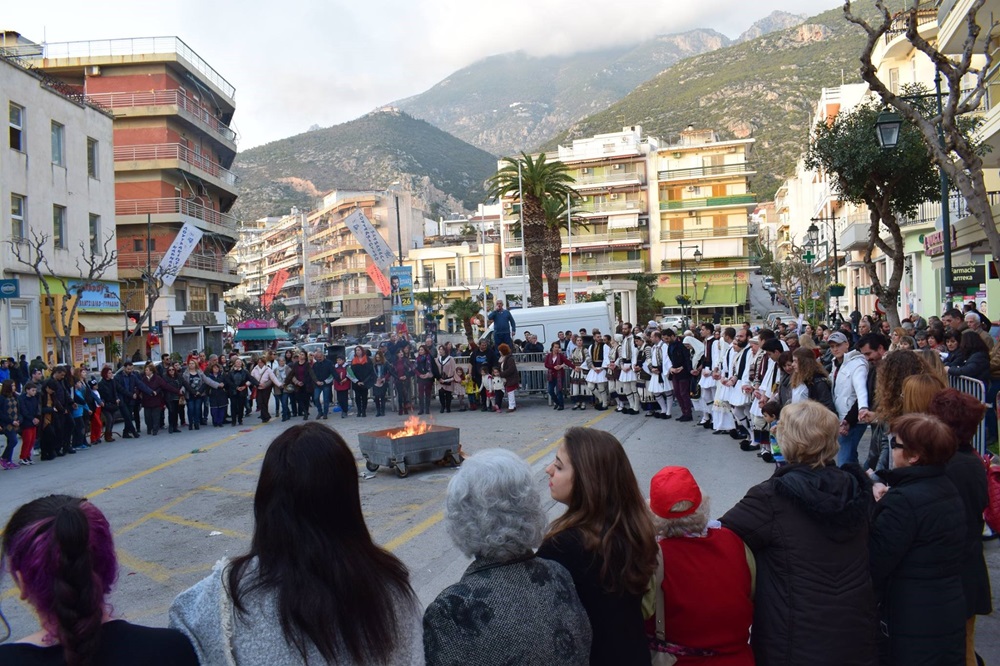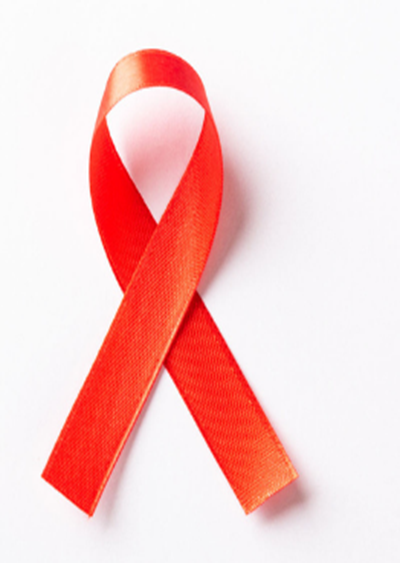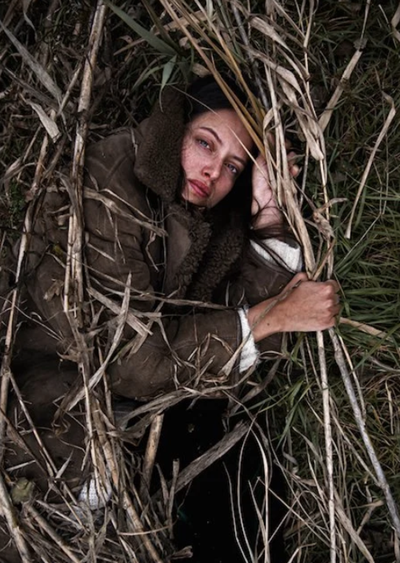
The Ministry of Culture announces the registration of seven new items in the National Inventory of Intangible Cultural Heritage of Greece, implementing, since 2006, the Convention for the Safeguarding of Intangible Cultural Heritage. The seven Intangible Cultural Heritage Inventories, submitted in 2022, were systematically processed by the Directorate of Modern Cultural Heritage and the National Scientific Committee for the Implementation of the Convention for the Safeguarding of Intangible Cultural Heritage (UNESCO, 2003) with the cooperation of the communities of stakeholders, aiming at the preservation of traditions and their transmission to younger generations.
In the framework of the implementation of the UNESCO Convention, our country has created and systematically enriches the National Inventory of Intangible Cultural Heritage, in which communities of intangible cultural heritage stakeholders have the opportunity to highlight the elements that they consider important for their identity.
The Minister of Culture, Lina Mendoni, accepting the Commission’s recommendation for the registration of the seven new items in the National Index, said: “The inscription of seven new items in the National Inventory of Intangible Cultural Heritage is an important addition to the cultural footprint of our country. Each item recorded is not just a piece of our tradition, but a living expression of the identity, creativity and collective memory of our communities. Intangible cultural heritage is the soul of our culture. It is the songs, dances, customs, techniques and knowledge that are passed down from generation to generation, building bridges between past, present and future. That is why their preservation and promotion is a priority for the Ministry of Culture. The recording of the seven new elements is the result of a collective effort of scientific institutions, local communities and cultural associations working, with love and knowledge, to preserve our intangible heritage. However, this registration is not the end of the road, but the beginning of a new path for the protection, promotion and transmission of our living heritage to future generations”.
The annual process of enriching the National Inventory of Intangible Cultural Heritage of Greece starts every January, with the public call issued by DINEPOK. The National Scientific Committee, at its meeting on 18 December 2024, positively considered the proposal for the inscription of seven intangible cultural heritage items, which was accepted by the Minister of Culture.
The items recorded in the National Inventory of Intangible Cultural Heritage of Greece are the following.
1.The barrel-making technique, in Achaia Clauss
The art of barrel making and, by extension, the handmade barrels containing wine but mainly sweet, red Mavrodaphne of Achaia Clauss are at the heart of the viticultural cultural identity of Achaia Prefecture. The art of barrel making at Achaia Clauss dates back to its foundation in 1861 and today, it is practiced on the premises for winemaking and cultural promotion purposes through the handmade oak barrels, built in 1882 and later, still filled with Mavrodaphne of excellent quality. In addition, for the preservation of cultural know-how, a Barrel Museum has been created, where the art of barrel making is experienced and practiced (in 2010 a book on the subject was published with self-financing).
2.The wine tradition of Mavrodaphne in Achaia Clauss
Achaia Clauss’ Mavrodaphne is at the heart of the viticultural cultural identity of the Prefecture of Achaia. For the preparation of Mavrodaphne, grapes from the regions of Patras are used, which are gathered from the privately owned vineyards and, in addition, from other local producers who know the special treatment, through which the fermentation with alcohol is stopped, The result is the sweet wine of Mavrodaphne, a product of great nutritional, economic and symbolic value which is used in everyday and special occasions, culminating in its use as a nama in the Sacrament of the Eucharist.
3.The burial custom of the Pontians, in Sourmena, Attica
The funeral custom begins with the celebration of the Sourema Sunday Divine Liturgy at the Holy Church of the Transfiguration of the Saviour in Souremena. Immediately after the end of the Divine Liturgy, the members of each family go to the cemetery, where each family performs a trisagion at the family grave, while symbolic treats (Easter eggs and brioches) are offered to those present. This point is the core of the custom, as the presence of the members of all the families and the offering of Easter treats in a place where they feel they are coexisting with their deceased loved ones, creates the resurrection atmosphere that dominates the cemetery.
4.Social practices and traditions in the tsipouradika of Volos and Nea Ionia Magnesia
Continuing a tradition that counts more than a hundred years, the tsipouradika of Volos and Nea Ionia Magnesia are the most popular type of catering in the region, with great importance for the social life and the economy of the area. Their characteristic feature is the wide variety of appetizers served with the order of tsipouro, with specific rules and rituals.
5.Leidinos of Aegina
A custom repeated every 14 September in Kypseli Aegina. They called ” LEIDINO” a light meal that the farmers took at dusk, returning from a hard day in the fields. This custom was repeated every day from mid-March to mid-September – a period when the day was long and the workers worked ‘as long as they could see’. In the following six months, the day gets shorter so the time spent working in the open air is necessarily limited, it gets soupy early and there is no need for a “leidino” meal. This interruption is likened to the death of the “leidino” and is marked by a parody of a funeral of a dead man’s effigy, with a funeral dirge, burial, and collywobbing that culminates in a feast.
6.The trata dance in Perachora and Loutraki, Korinthia
The “Dance of the Trata”, is a ritual dance event with a passport character, which takes place in Perachora and Loutraki Corinthia, throughout the Triodion, in various reference points of the communities, such as church courtyards and the exterior of community buildings, while on Clean Monday the dance takes place in the central squares of the two settlements. The participating performers, caught cross-legged, dance around the fire, performing an in-and-out step and singing antiphonal local carnival songs in Greek and in Arvanian.
7.St. George custom in the Metropolis of Karditsa
The custom of St George takes place in the village of Mitropolis (Paliokastro) Karditsa, on the day of the feast of St George, which according to the Orthodox ecclesiastical celebration, is a moving feast. On the day of the celebration and after the Divine Liturgy, the women of the village gather in the courtyard of the church of Agios Georgios the Great Martyr, join the dance circle and dance singing antiphonally without the accompaniment of musical instruments the “unique” song of Agios Georgios. The custom of St. George has been practiced in the village for a long time but in the 1990s it faded away and started to be performed again in 2015 with the reactivation and initiative of the Board of Directors and the women of the Cultural Association of Metropolis.







Leave A Comment